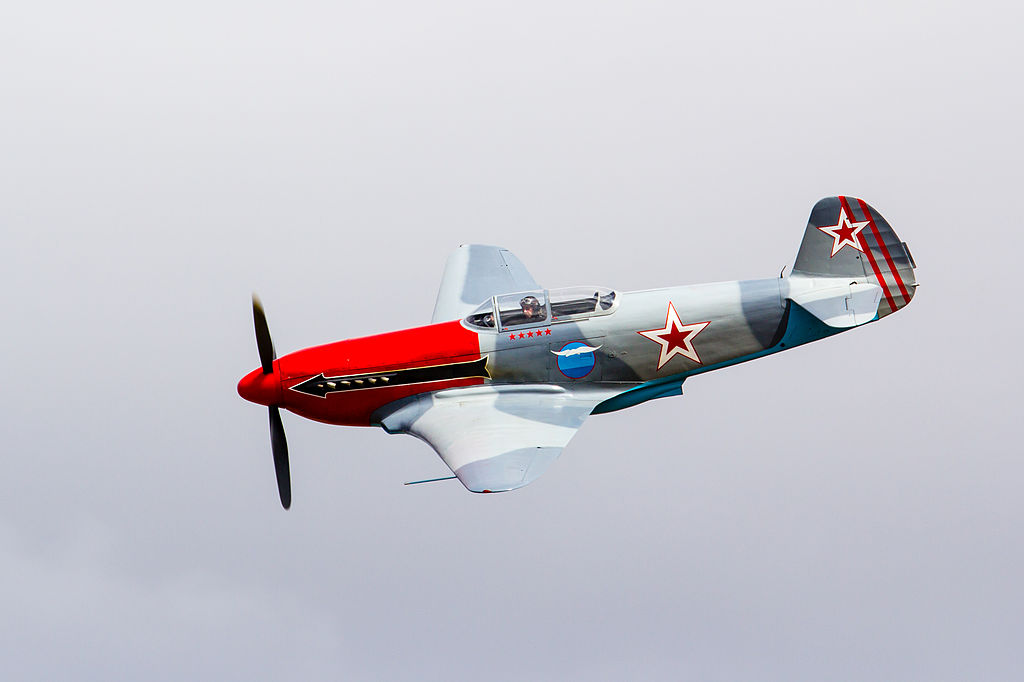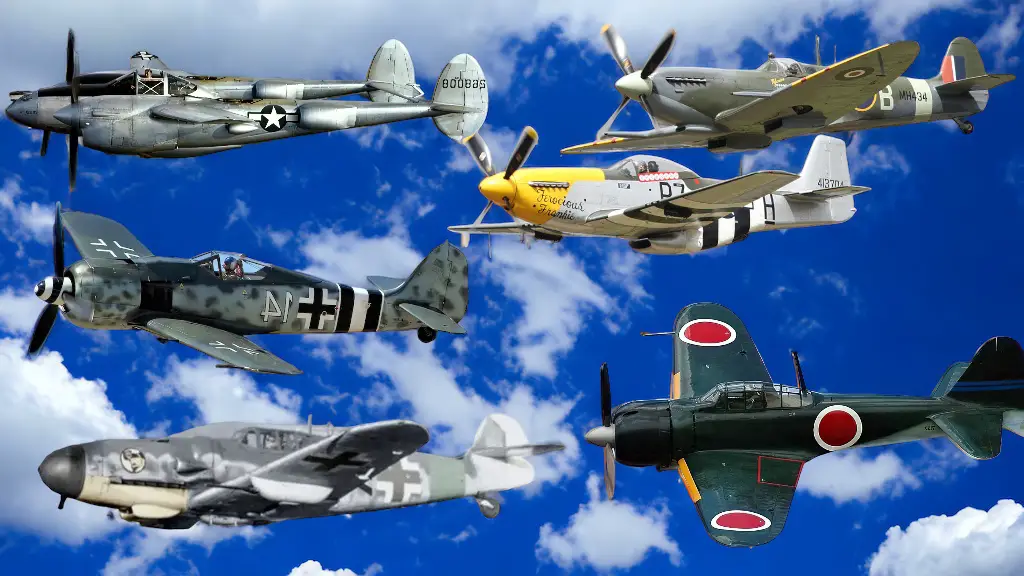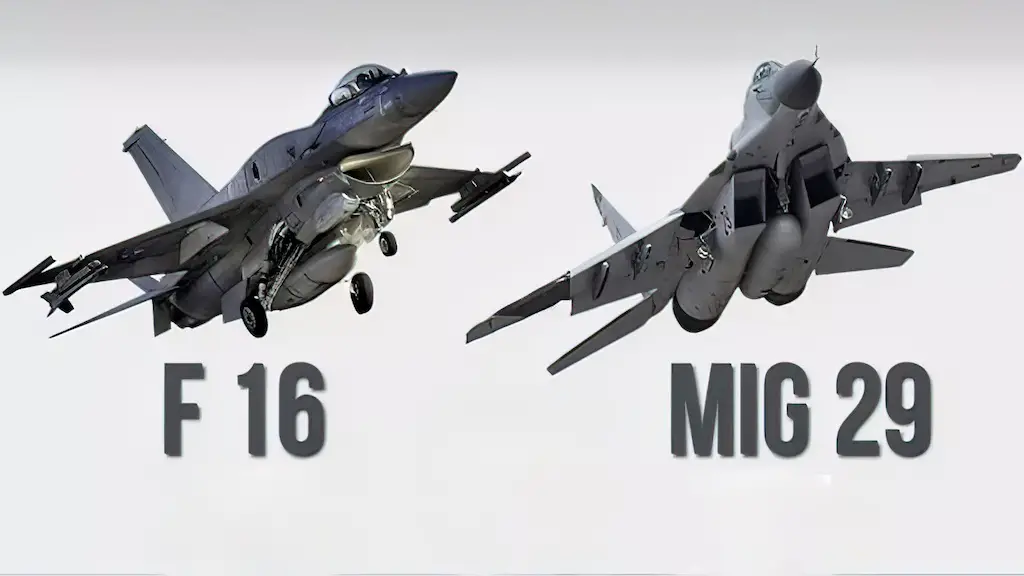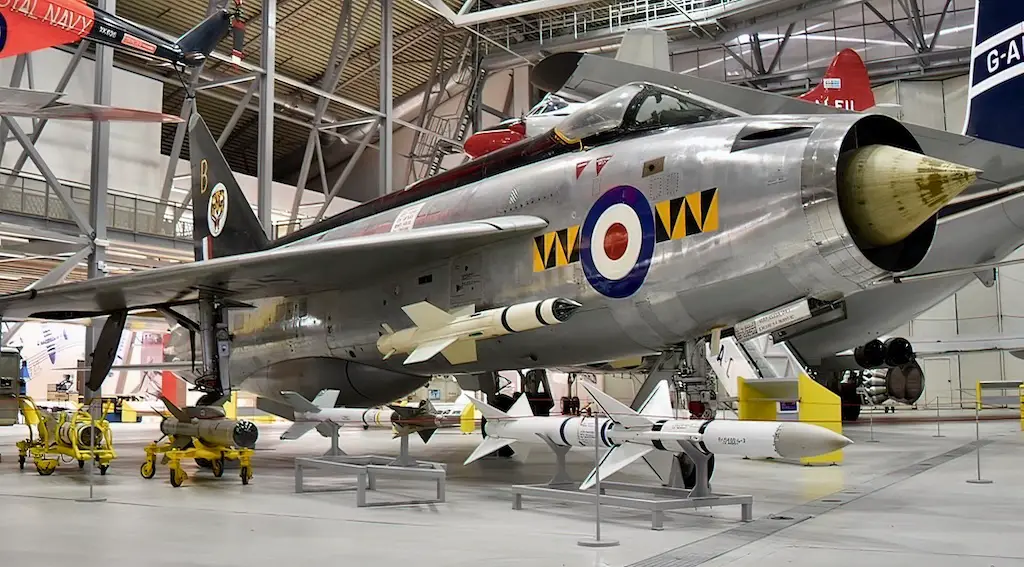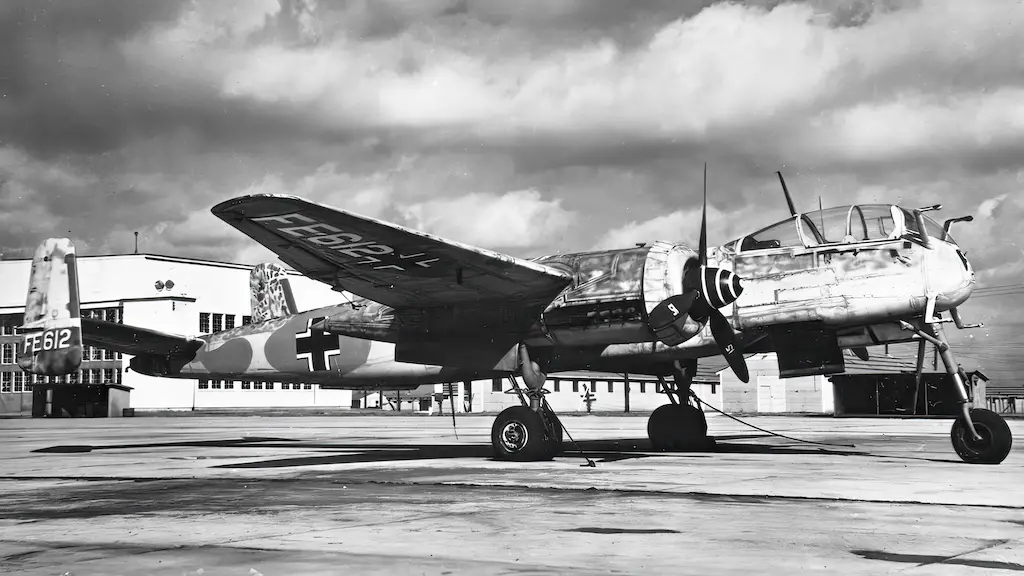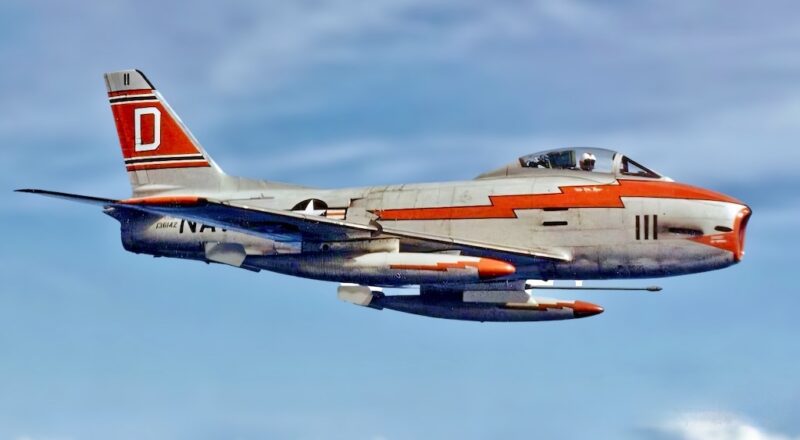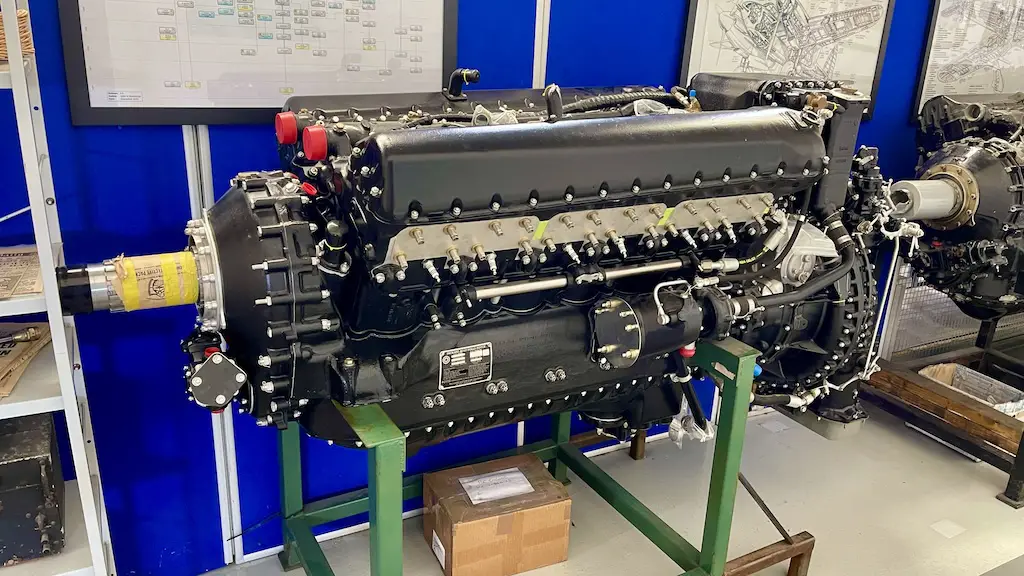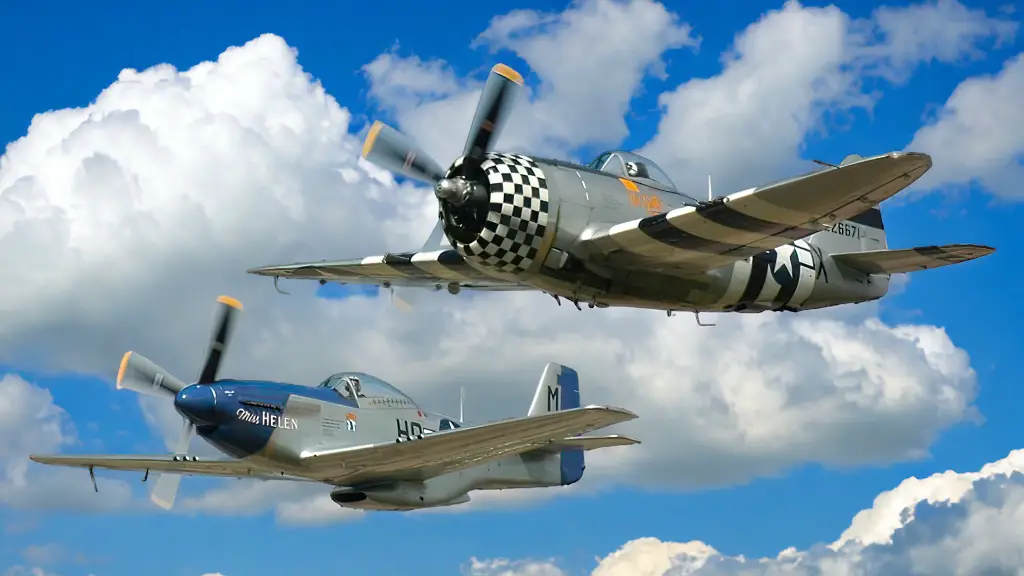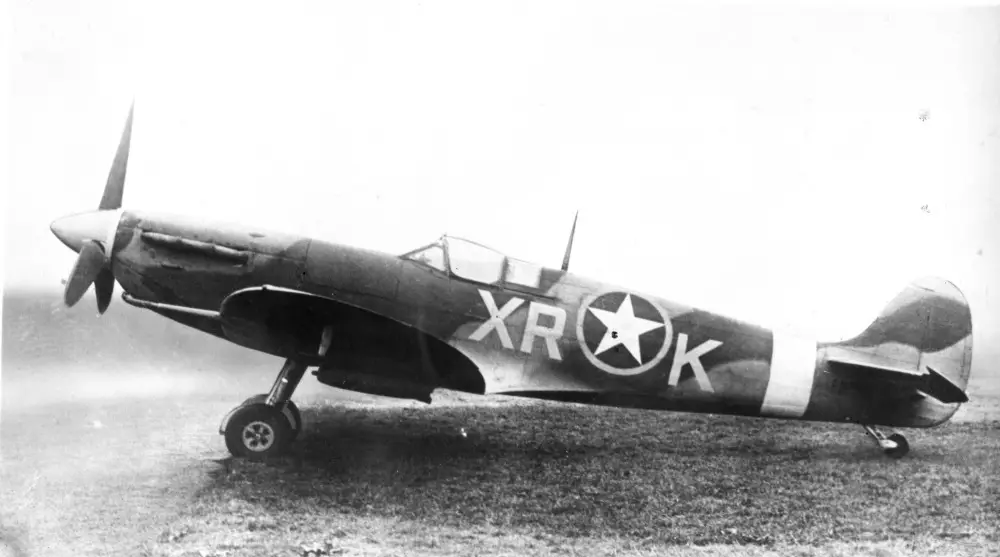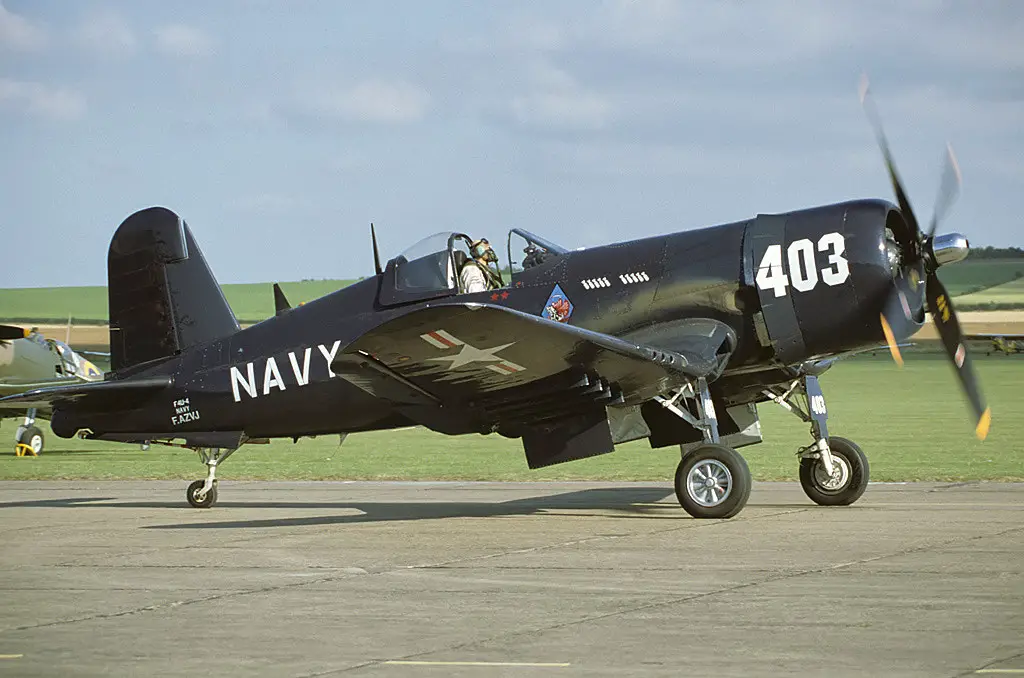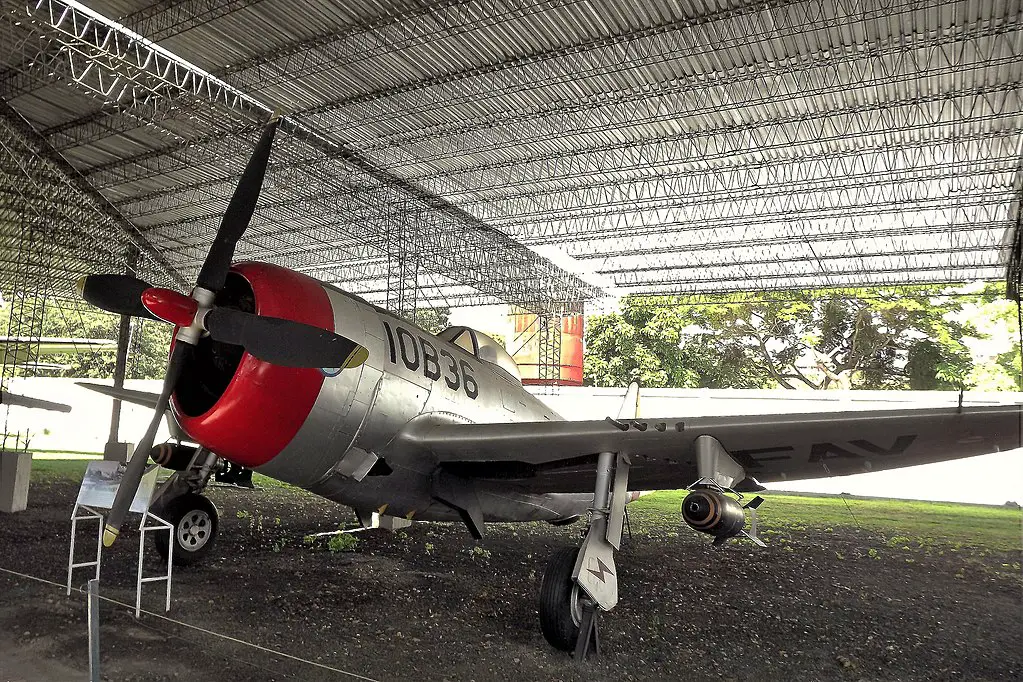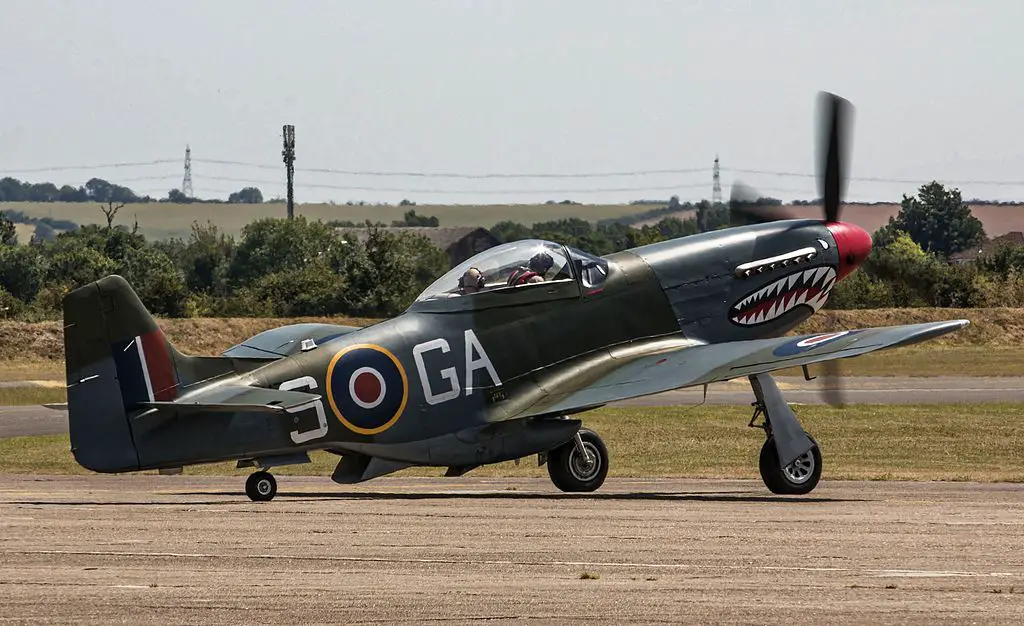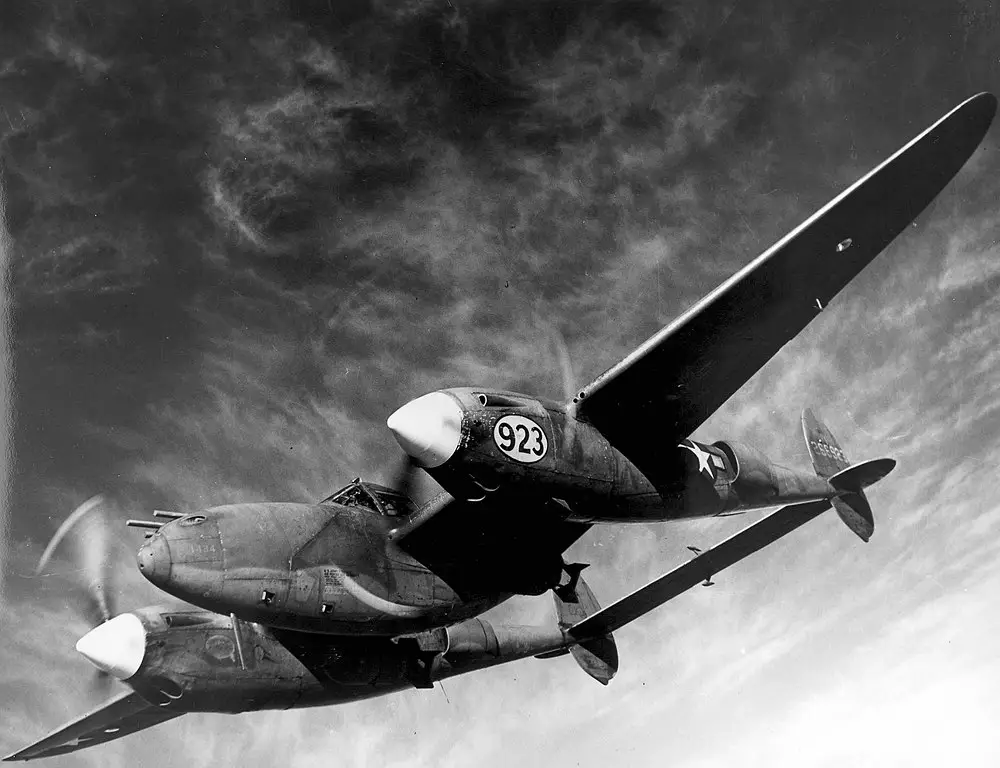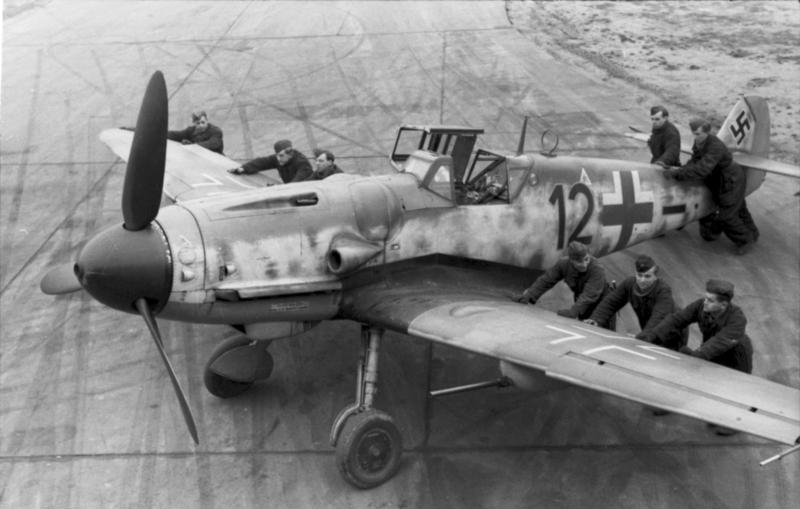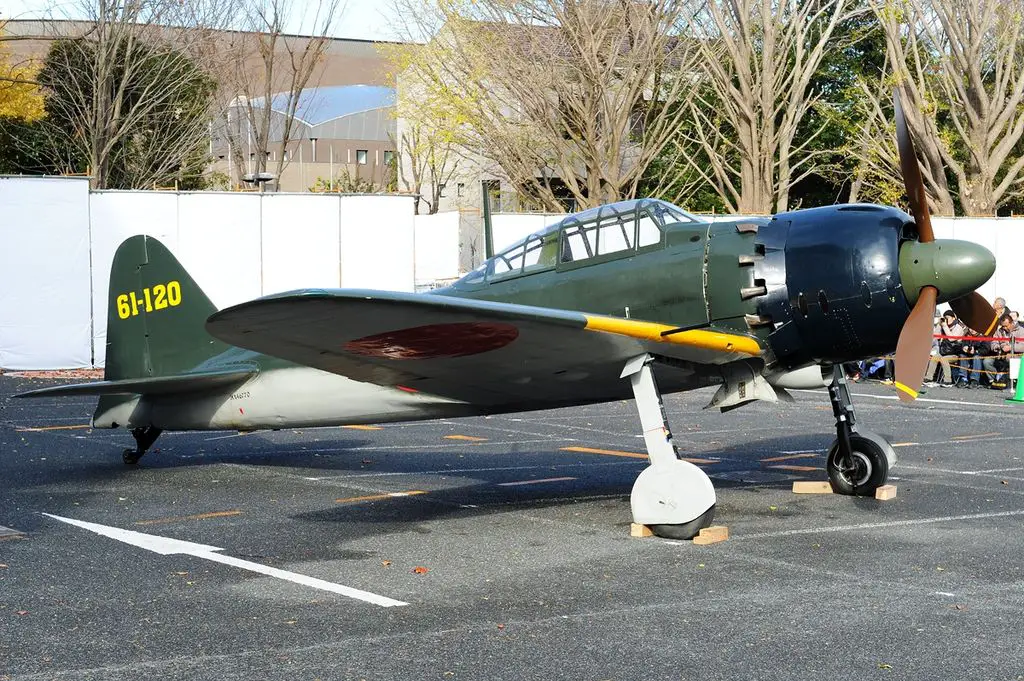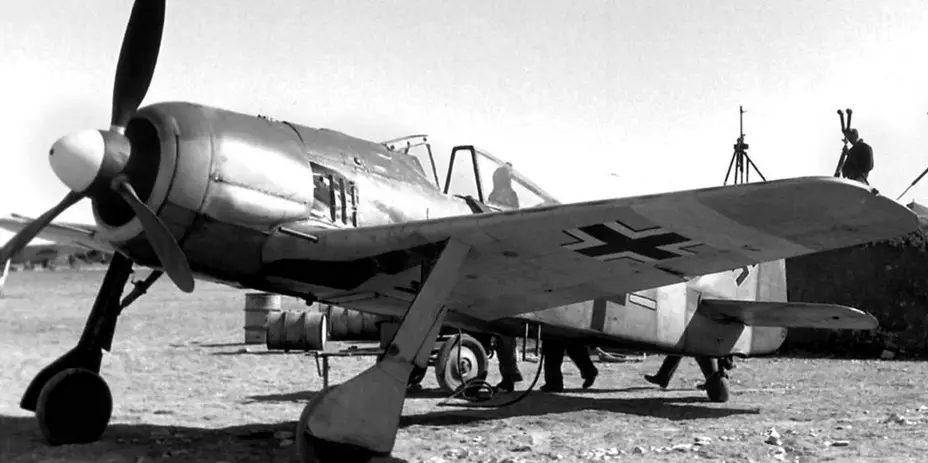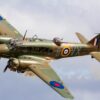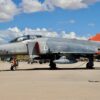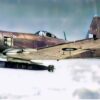The Second World War was a monumental clash not just on land and sea, but also in the skies. Fighter planes played a pivotal role, undertaking varied operations like air superiority battles, night fighting, and ground attacks. Nations like Japan, Germany, the Soviet Union, Great Britain, America, and others poured immense resources into developing these flying machines. Each country brought unique designs and capabilities to the battlefield, creating an aerial arms race that pushed the limits of aviation technology. In this exploration, we delve into the top contenders, examining their strengths and weaknesses, and ultimately crowning the most effective fighter plane of the era.
The British Icon
Britain’s Supermarine Spitfire is an emblem of aerial warfare. Critical in the Battle of Britain, its superior range and maneuverability countered the German Bf 109 effectively. The Spitfire’s adaptability through continuous upgrades made it Britain’s most-produced fighter. Its grace and firepower made it a favorite among pilots, including Britain’s top ace, Johnny Johnson.
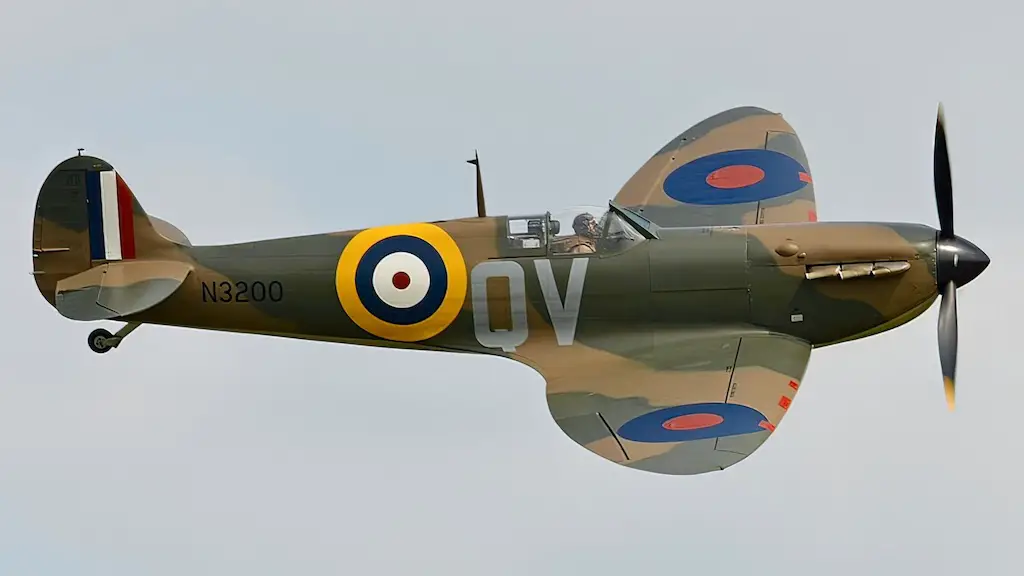
Dominance from the Pacific to Europe
The U.S. produced some outstanding fighters, with the last five contenders on this list being American-made. The F4U Corsair excelled in the Pacific, outclassing the Japanese Zero and serving effectively as a ground-attack fighter. The P-47 Thunderbolt, known for its toughness and heavy armament, was versatile in air-to-air combat, bomber escort, and ground attacks. North American Aviation’s P-51 Mustang stood out with its exceptional range and altitude capabilities, proving effective in various roles.
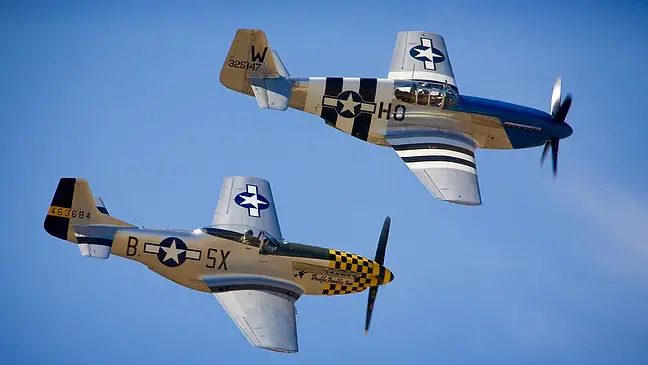
The Ultimate Warrior: Lockheed’s P-38 Lightning
Among these legendary fighters, the Lockheed P-38 Lightning emerges as the most effective. Its versatility and range set it apart. While not the best dogfighter, its forgiveness to pilots and consistent production throughout America’s involvement in the war make it the top contender. Praised by pilots and feared by enemies, the P-38 Lightning was a true force to be reckoned with in the skies of World War II.
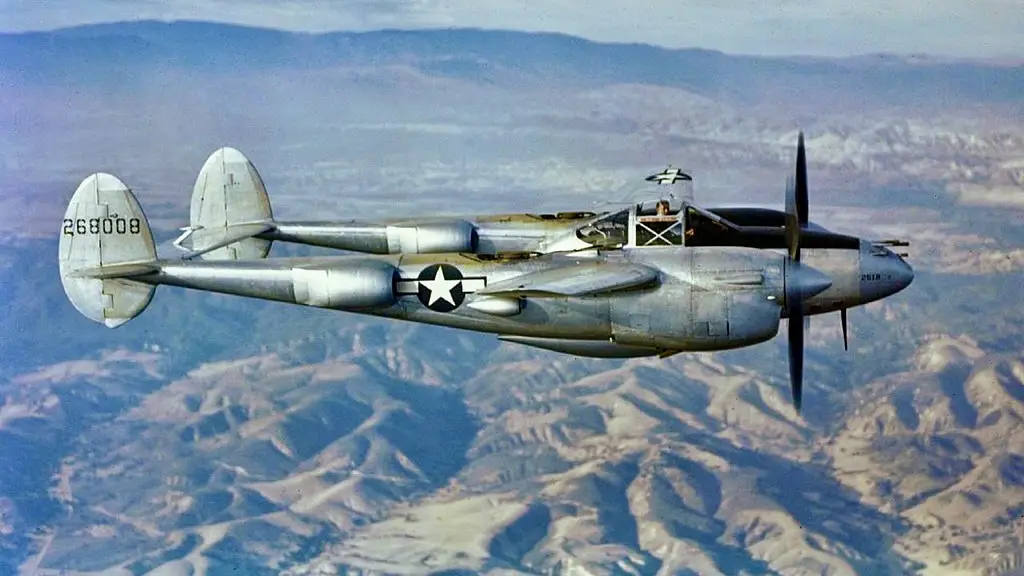
The Lockheed P-38 Lightning, with its unmatched versatility, enduring production, and formidable presence in various theatres of war, stands as the most effective fighter plane of the era. Its legacy as a master of the sky remains a testament to the innovative spirit and engineering prowess of the time.
Lockheed’s P-38 Lightning, with its unique design, offered unparalleled range and versatility. Successful in the Pacific and China-Burma-India Theatre, it became feared by Axis pilots. Its dual engines and streamlined design made it a standout in long-range missions and varied combat roles.
The Messerschmitt Bf 109 and Mitsubishi A6M Zero
Germany’s answer to aerial dominance was the Messerschmitt Bf 109. Sleek and powerful, this plane was a key component of the Luftwaffe. Initially an interceptor, its variants allowed versatile operations like bomber escort and ground attacks. In early Blitzkrieg operations, it reigned supreme, but in the Battle of Britain, its limited range was exposed by the formidable British Spitfire.
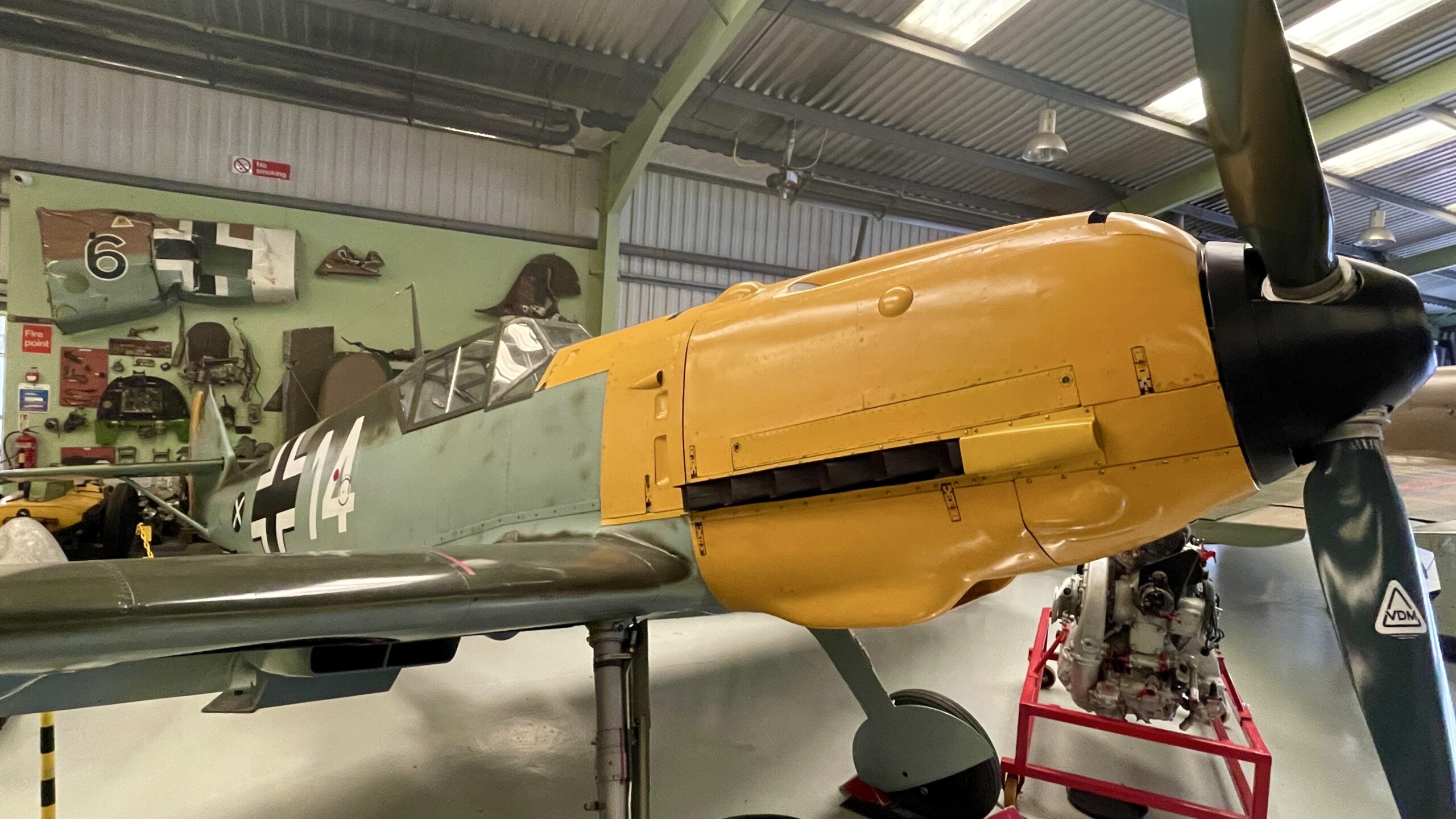
In the theater of World War II, the Mitsubishi A6M Zero reigned as Japan’s formidable fighter. Its unmatched maneuverability and speed initially made it the world’s top carrier-based fighter. The Zero maintained a stunning 12 to 1 kill ratio early in the war. However, as the Allies improved their aircraft, the Zero began to lag behind despite the rollout of new models.
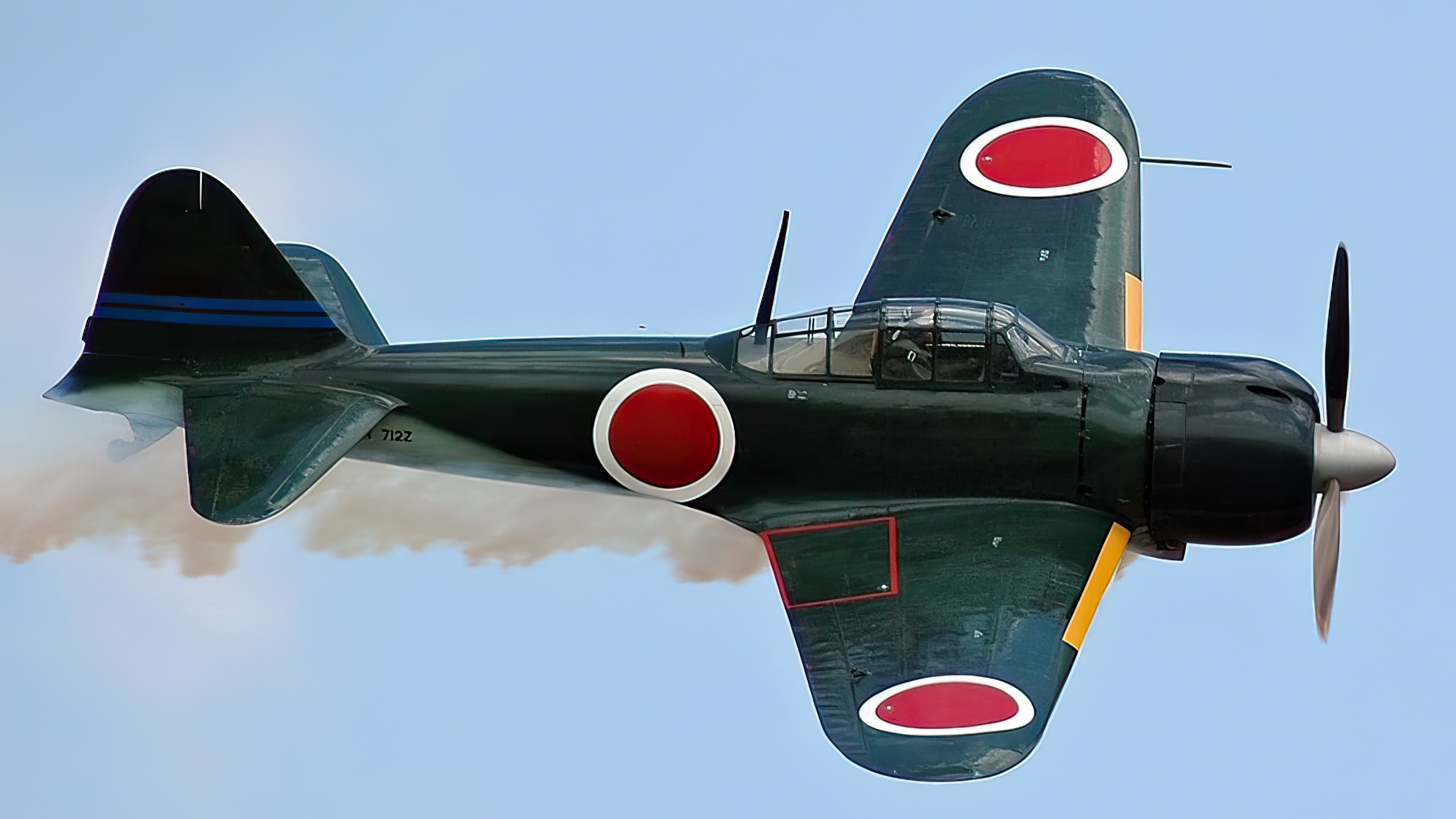
Rise of the Focke-Wulf and the Latecomer Yakovlev Yak-3
The Bf 109’s successor, the Focke-Wulf Fw 190, brought more firepower and versatility. Excelling in day and night combat, it briefly surpassed the British Spitfire, causing havoc for the RAF. However, once the Spitfire was upgraded, the tables turned. The Focke-Wulf’s impact, though significant, had its limits.
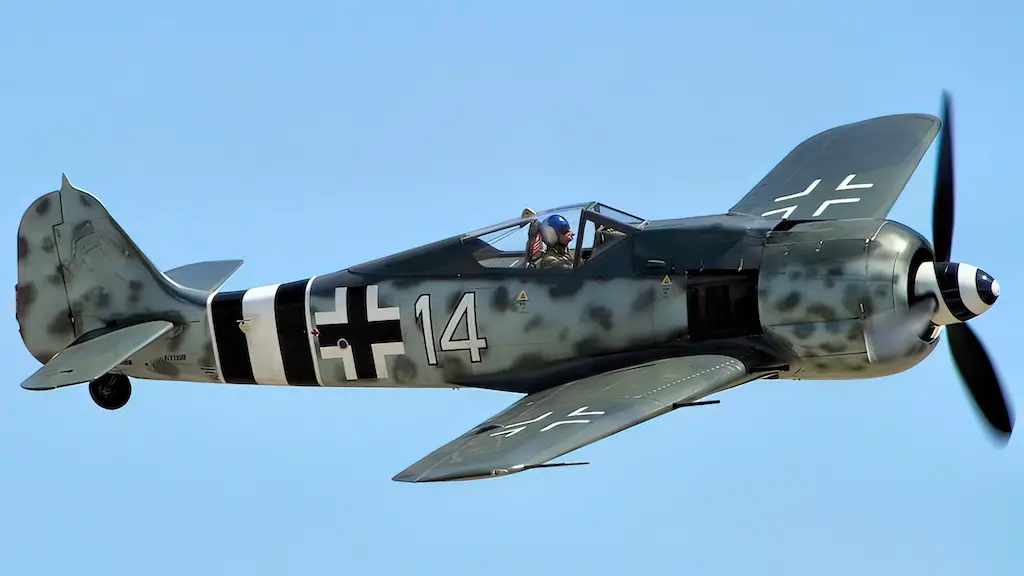
Soviet Russia’s Yakovlev Yak-3, a late entrant in the war, quickly established itself as a top dogfighter. Surpassing the Bf 109 and Fw 190, it was even considered superior to the Spitfire and P-51 Mustang. Its agility and effectiveness at lower altitudes made it a fearsome adversary, especially notable in its dramatic debut where it decimated German aircraft with minimal losses.
